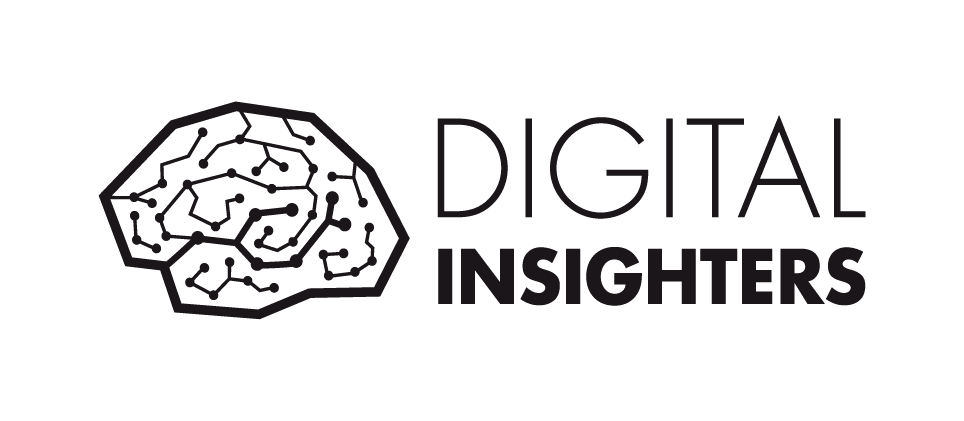
AI at the Paris 2024 Olympics: What Does This Mean for Athletes and Spectators?
Even the Olympics cannot escape the promise of AI. Just months away from the Paris 2024 Games, the International Olympic Committee (IOC) has unveiled its strategy for integrating Artificial Intelligence (AI) into sports. The IOC has outlined the impact AI can have on sports and how the organization intends to lead the global implementation of AI in sports.
The IOC explained the use of AI at the Paris 2024 Olympic Games, serving 4 objectives
On April 19th, the IOC revealed its AI strategy to leverage this rapidly evolving technology. Here are the 4 objectives that AI will serve:
- Find and screen talented athletes
- Help competitors build custom training routines
- Judge and referee some matches
- Create individualized experiences for viewers
How does it work?
Two examples were unveiled during this announcement.
In one example, AI tracked an athlete as they dived into the water, providing real-time information on the number of rotations they executed as well as their maximum height. This technology could assist judges in providing more precise and impartial feedback, and help athletes understand why they received a particular score.
In another example, a robot was trained to play table tennis in the style of double Olympic champion Xu Xin. It then used the model to play against itself in training sessions.
The use of AI at the Paris 2024 Olympics has already sparked controversies
Civil liberties groups fear abuses regarding the use of AI-powered cameras to detect security threats (such as identifying abandoned packages or crowd movements) at the Paris Olympics this summer.
English triathlon champion Alistair Brownlee, although enthusiastic about the promise of AI, expressed concern that some Olympic jobs might be replaced. “Using AI to assist in judging will make things fairer,” he said, “but how do we ensure that AI aids judges rather than replacing them?”
AI is impacting all industries and raising recurring concerns
AIs are profoundly transforming all industries, including sports. Their ability to process large amounts of data, identify patterns, and learn autonomously is redefining productivity and innovation standards. AIs pave the way for a future where innovation is ubiquitous, offering growth and transformation opportunities to all industries.
However, the widespread adoption of artificial intelligences also raises recurring concerns regarding privacy protection and data security, which can influence consumer trust in brands using these technologies, and the potential marginalization of workers whose jobs are automated.
In this context, the recurring concerns of internet users and associations defending their rights must be integrated into the reflection on the integration of any AI into a business. On the other hand, careful monitoring and vigilance are essential to accompany new announcements made by brands or companies in order to react proportionately and at the right time.



